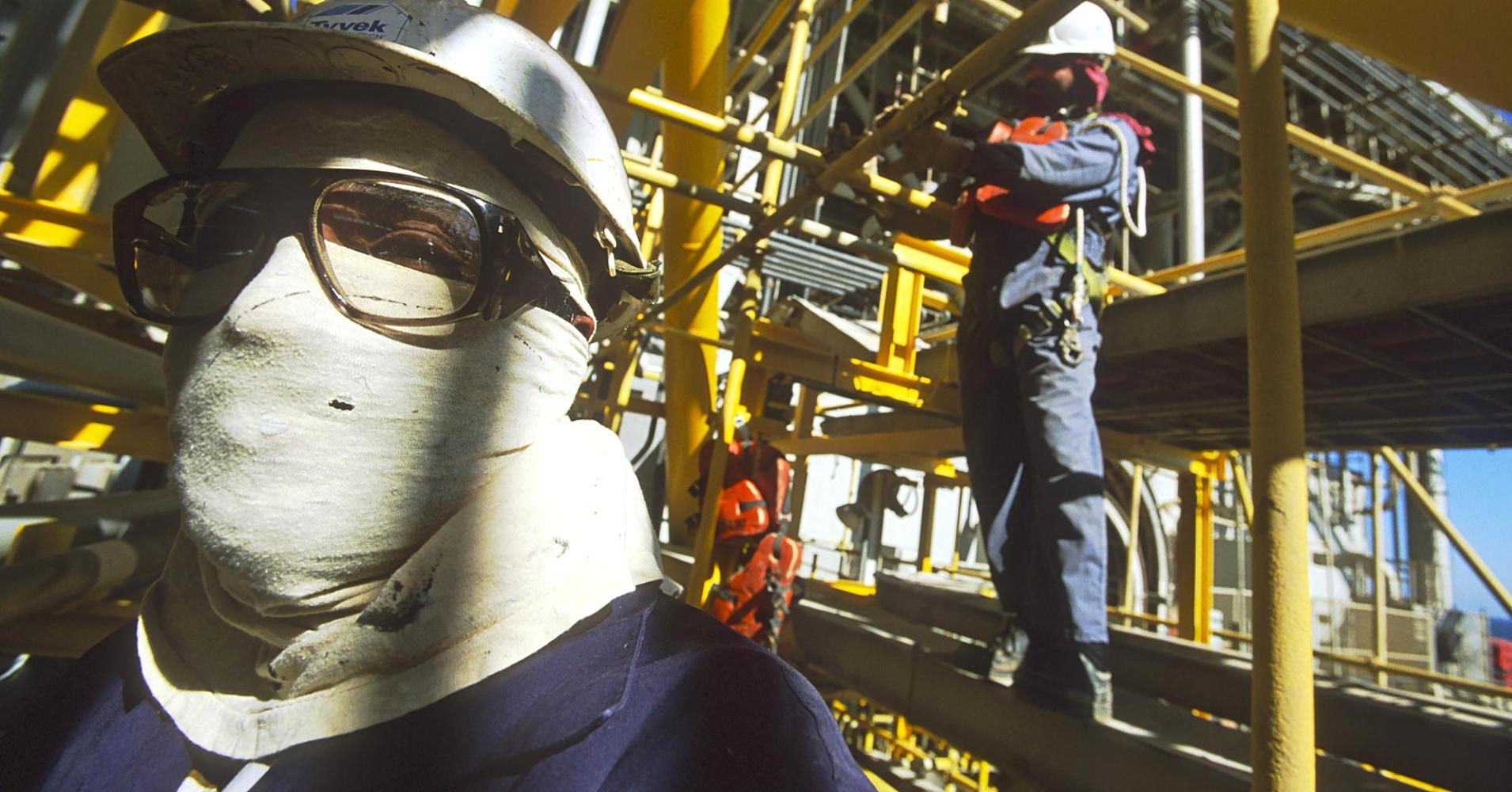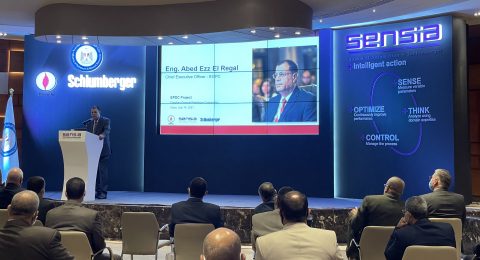Middle Eastern oil producers Saudi Arabia and the United Arab Emirates will sharply cut or even halt costly gasoline imports next year after ramping up new refining capacities that put them a step closer to becoming exporters of the motor fuel.
The estimated loss of at least 60,000 b/d in shipments to Saudi Arabia and the UAE is expected to be mitigated by strong global demand that will help replace revenue lost by sellers such as trader Gunvor, French major Total and India’s Reliance Industries.
And while the dwindling imports may point to a coming change in trade flows as other Middle East refining projects come online, the market currently looks strong enough to withstand the relatively small loss in daily seaborne purchases.
“Most of the counterbalancing will be done by lower exports from surplus countries, either because domestic consumption is growing (such as in India) or because the refining sector or yields are shrinking (such as in OECD markets)”, said David Wech, managing director of consultancy JBC Energy.
Organization for Economic Co-operation and Development (OECD) countries Japan and Australia, for instance, are cutting refining capacities due to shrinking domestic consumption and more cost-effective imports.
Gasoline exporter India is likely to reduce overseas sales to cater to growing local use of the fuel.
Total and Gunvor could also sell more into other Middle Eastern countries such as Egypt or nearby Pakistan, where gasoline demand is strong, traders said.
ESAI Energy research agency expects global gasoline demand growth to accelerate by 50,000 b/d to 420,000 b/d this year, the principal reason overall oil demand growth will be higher this year than in 2014, it said in a June note.
“The unusual strength in gasoline had overturned some analysts’ reports in 2014 which said gasoline would be bearish (this year) due to overcapacity,” said a Singapore-based oil products trader. “Overall, gasoline’s crack this year should end at the same levels seen in 2014 if not higher.”
Asian gasoline cracks GL92-SIN-CRK hit their highest in at least six years on June 11 at about $19 a barrel.
The drop in gasoline imports from the two oil powers is a blip compared with the 24 million b/d the world will consume this year, and less than 20% of the nearly 400,000 b/d taken by Asia’s top importer Indonesia.
Still, the UAE is adding another refinery at Fujairah and the Saudis another 400,000-b/d unit at Jazan before 2018, meaning the days of the region being an import destination could be numbered.
“The Middle East is moving towards self sufficiency. Gasoline crack values may be (put) under pressure but the impact would be countered by the slowdown in refining additions and strong demand growth within Asia,” said Ngai Si Min of consulting firm FGE.
State-owned Abu Dhabi National Oil Co has already more than doubled its refining capacity to around 830,000 b/d this year. And once it stabilizes operations at a new residue fluid catalytic cracker (RFCC), it will choke off imports estimated at about 50,000 b/d.
Saudi Aramco’s gasoline imports are already in decline after it started up two 400,000-b/d refineries over the last two years.
“This is a transition period where Saudi Arabia moves from being an importer to being roughly balanced from second-half of this year,” said Victor Shum of consulting firm IHS.
FGE expects Saudi Arabia to import some gasoline this year, although with its net intake dropping by more than half to around 25,000 b/d from 80,000 b/d in 2014.
In 2016, Saudi Arabia’s net gasoline imports could be down to as little as 12,000 b/d, said FGE’s Ngai.
ADNOC traders do not comment on operational issues and company officials were not available. A Saudi Aramco spokesman said he could not comment on trade flows.
Source: Reuters












